G3CC Dives into Fisheries Management at Week-Long Workshop
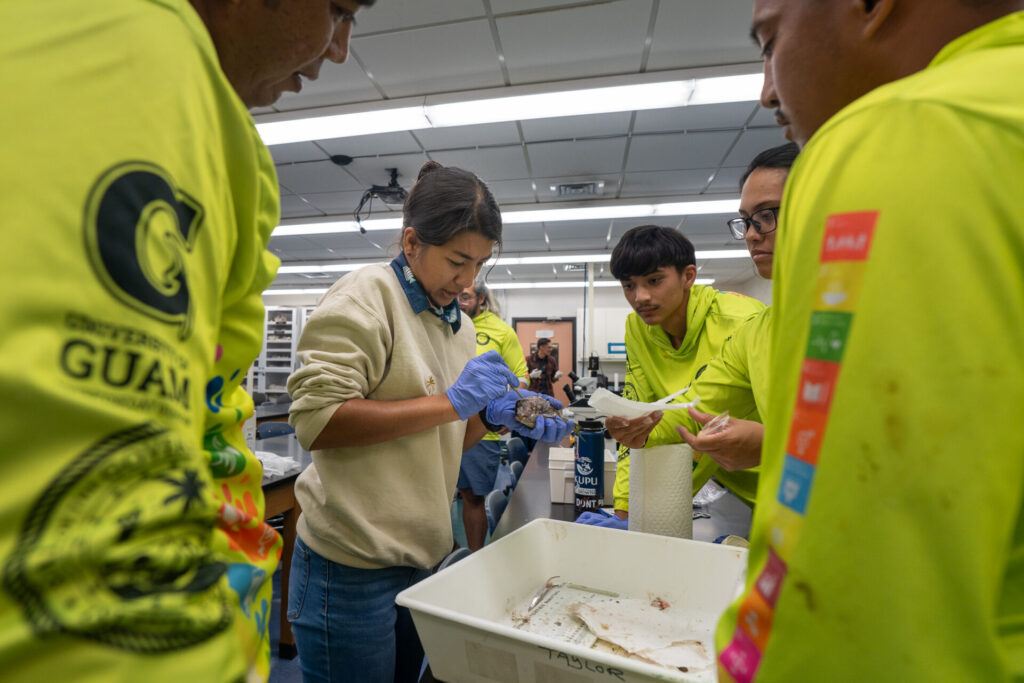
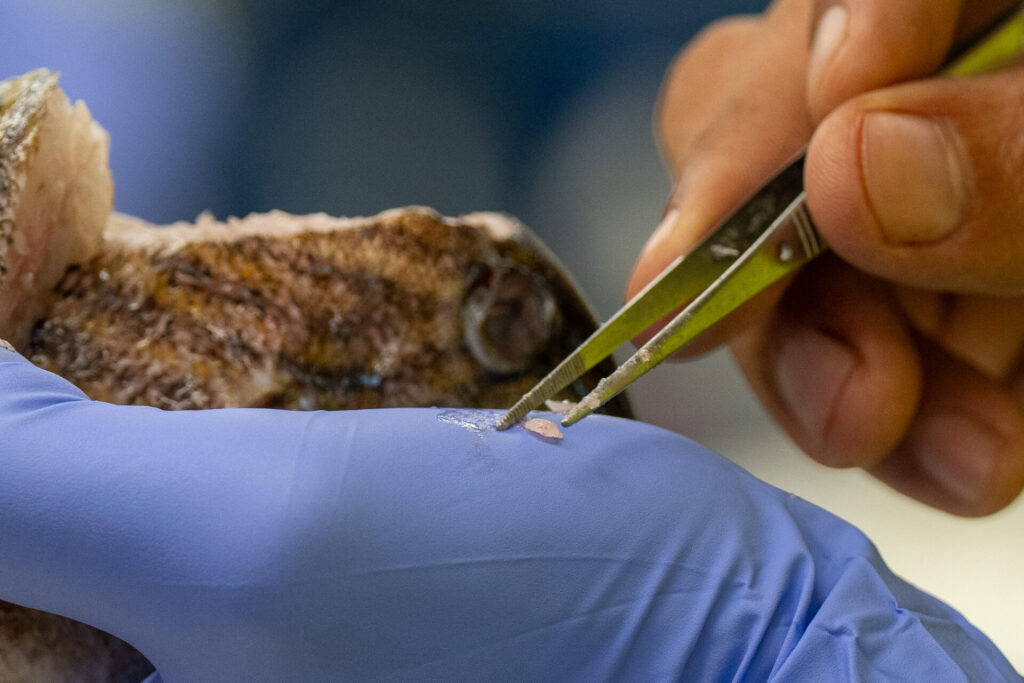
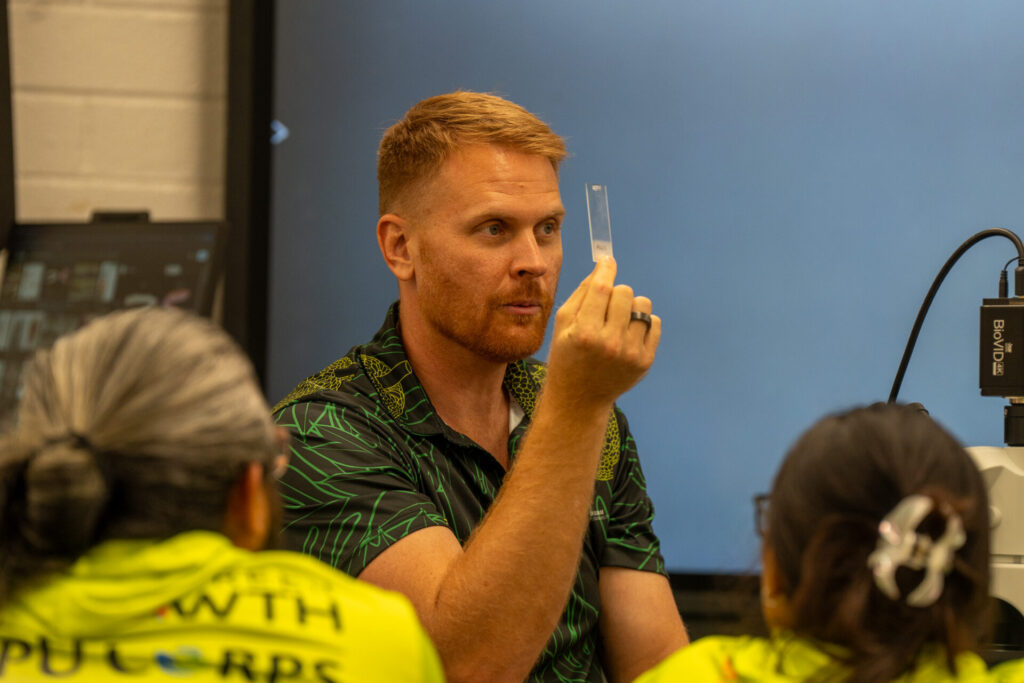
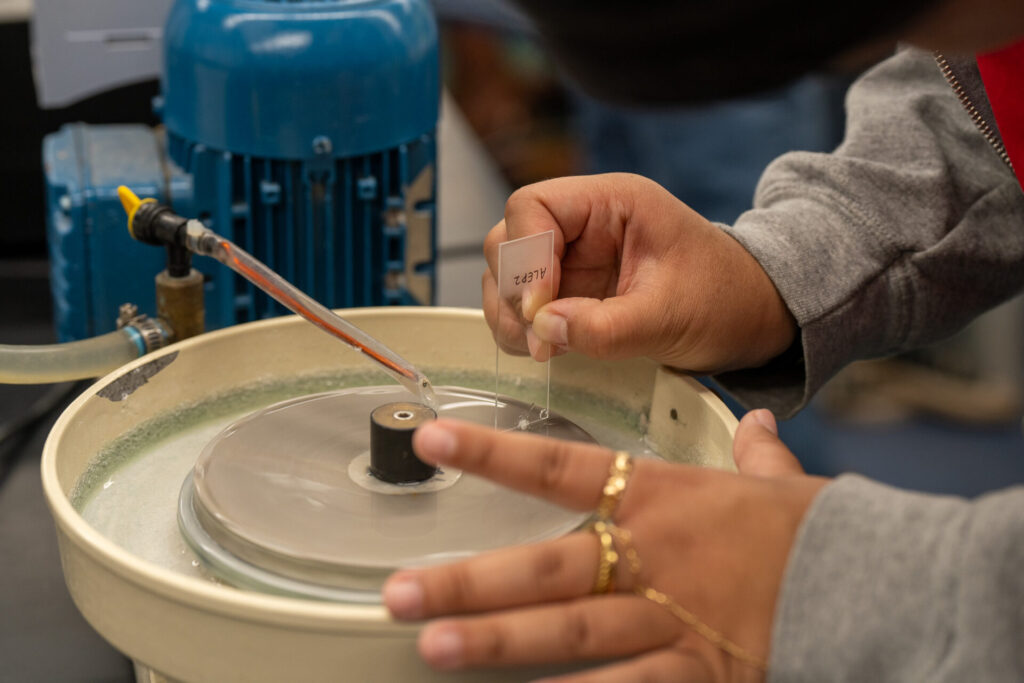
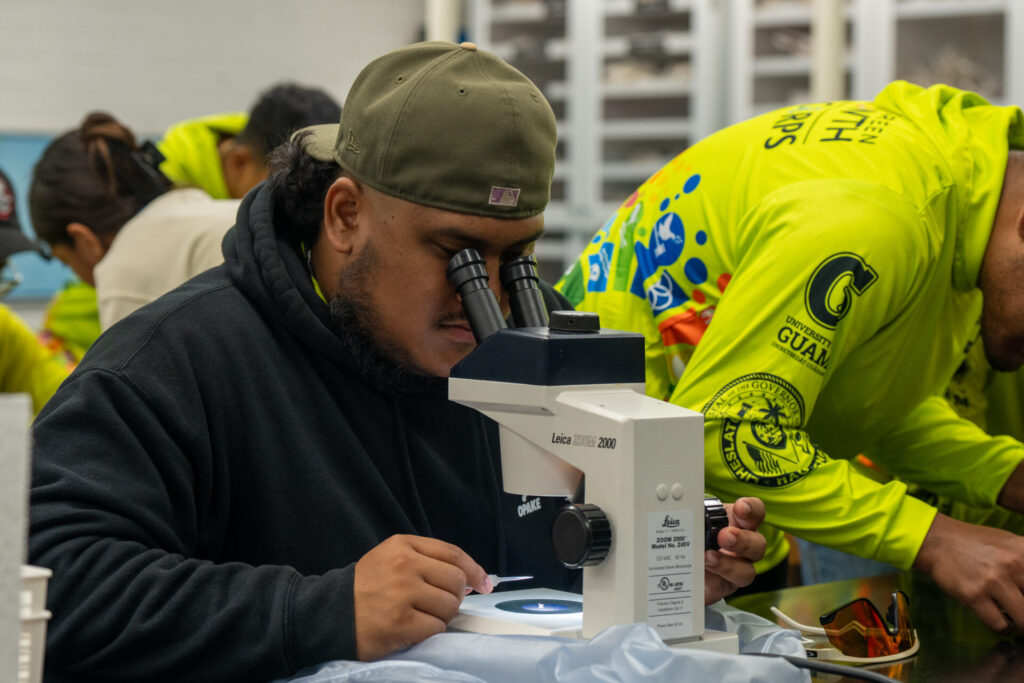
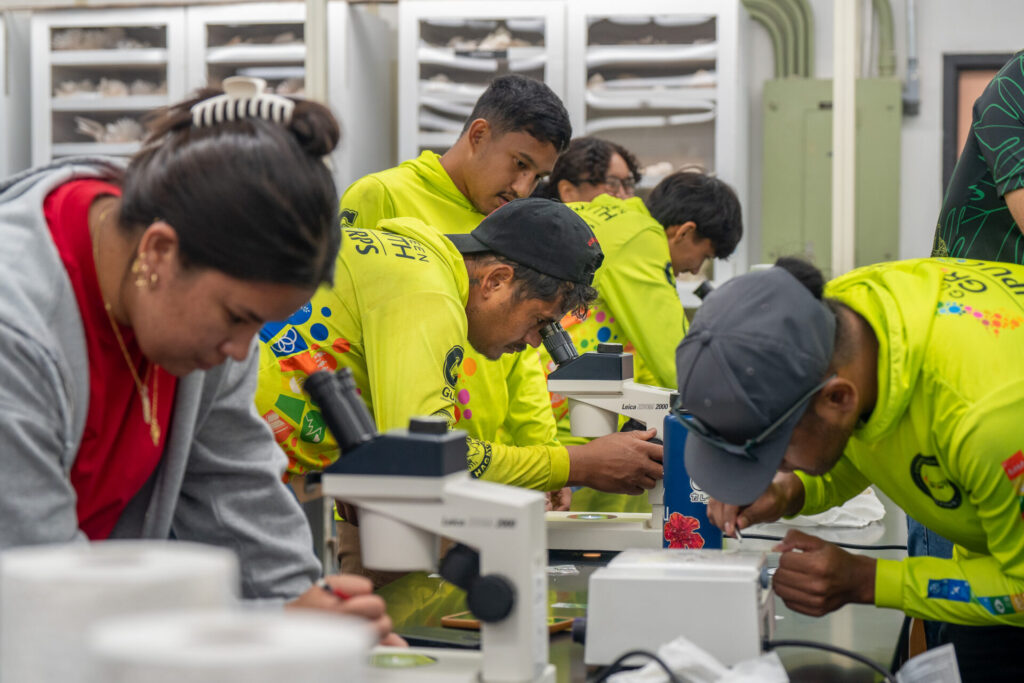
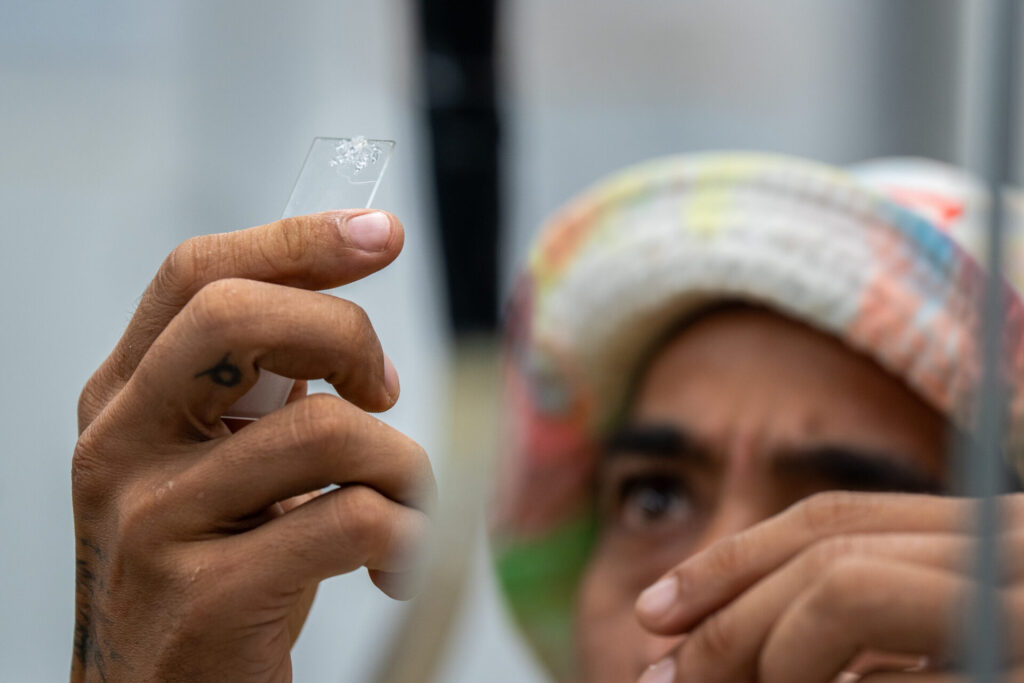
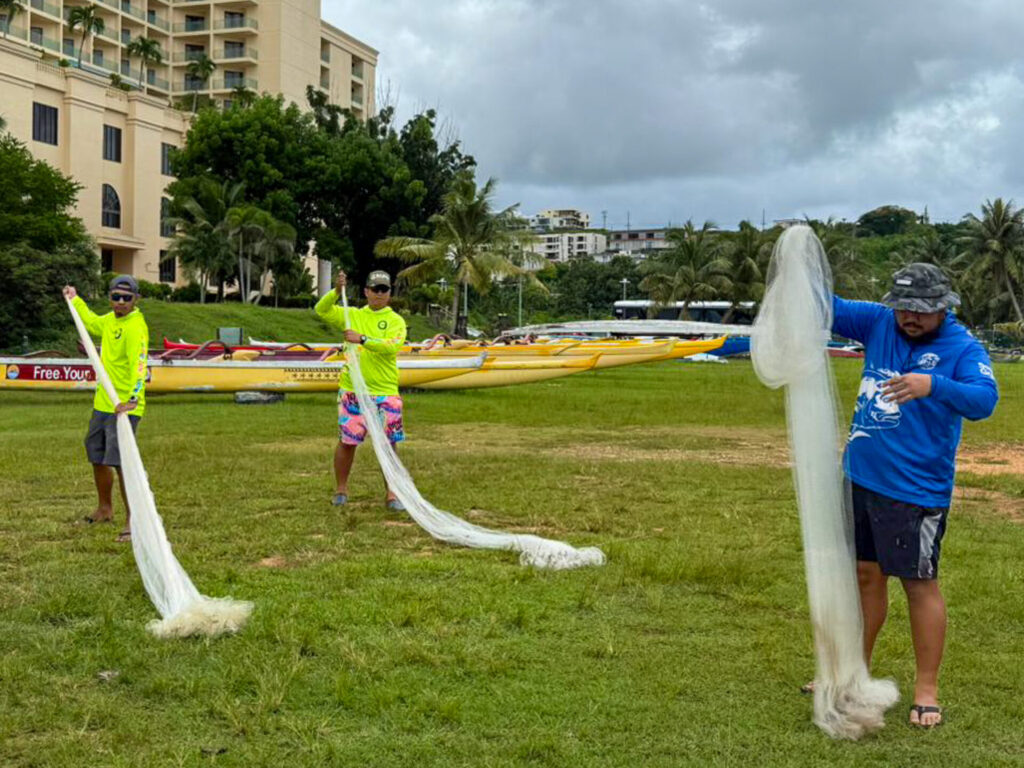
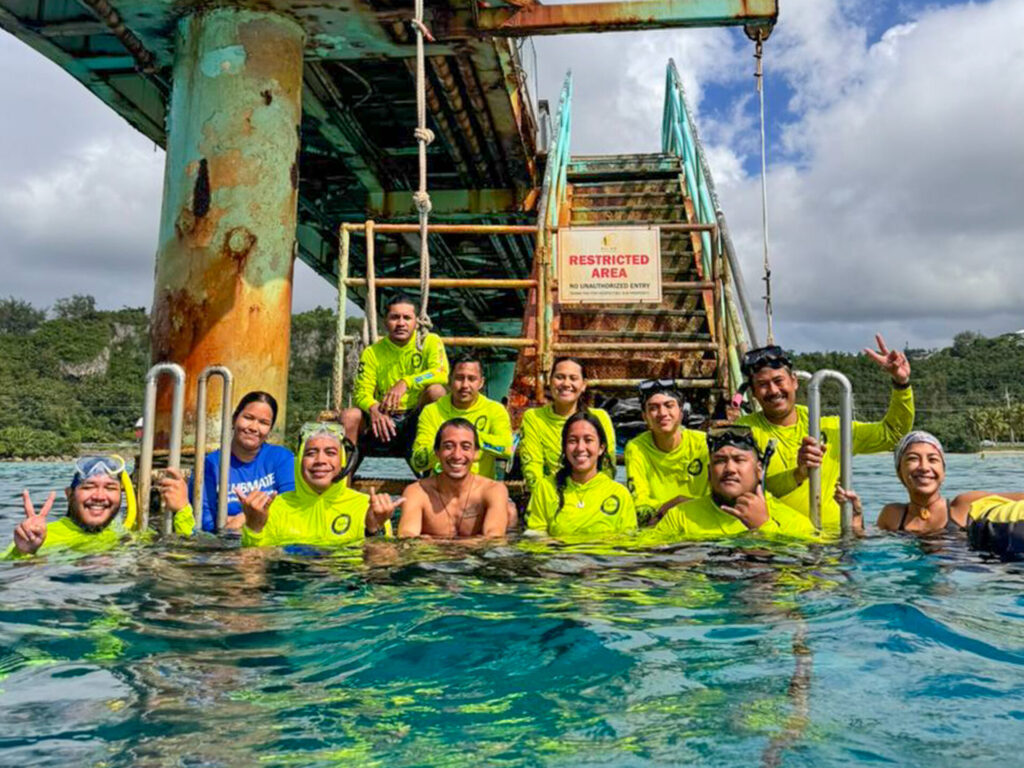
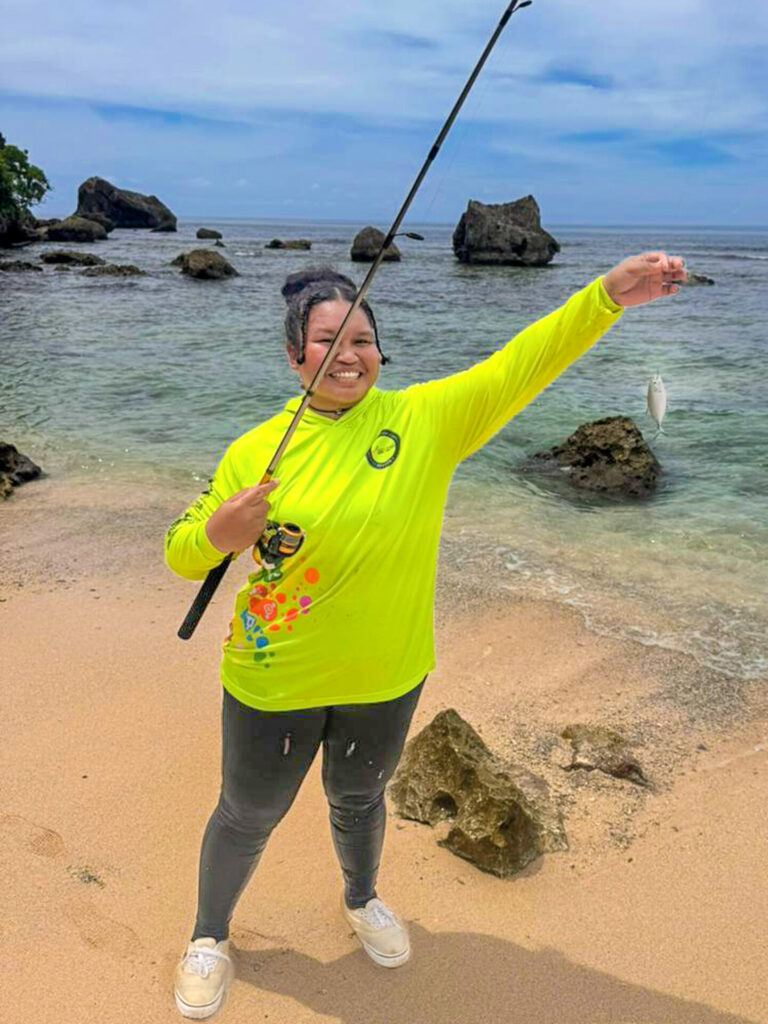
The Guam Green Growth Conservation Corps (G3CC) went fishing for new skills with the experts from the University of Guam Center for Island Sustainabilty & Sea Grant (UOG CIS & Sea Grant), diving into the biological and cultural aspects of sustainable fisheries.
UOG CIS & Sea Grant’s Fisheries division lead the workshop, with Leilani Sablan-Naden helping to guide the G3CC along with way.
“The goal was to demystify life history research, empower community members with scientific skills, and highlight how understanding fish biology supports sustainable harvesting practices,” said Sablan-Naden.
She added, “Each day centered on a focal species or method and emphasized the important role that human behavior, tradition, and stewardship play in fisheries sustainability.”
Being a beliver in “learning by doing”, Sablan-Naden set out to teach the G3CC about the concept of life history, which is the study of an organism’s age, growth and reproduction and how this information lends itself to responsible fisheries management.
This was achieved through both lab and field work, with with lab activities like dissection of fish species to determine its sex and extracteing otoliths or “ear bones” of fish to determine its age; and field work ranging from learning traditional fishing methods like use of a talåya’ net at Tumon Bay to seeing thriving fish species swimming amidst healthy coral at places like Fish Eye in the village of Piti.
Although these activities are certainly scientific in nature, Sablan-Naden finds them necessary to showcase the accessibility of crucial information regarding Guam’s fish species while also being imperative to sustainability management.
Mi’Yah Max, a member of the G3CC’s fifth cohort participated in every aspect of the UOG CIS & Sea Grant’s week-long fisheries workshop.
Max expresses excitement in having the opportunity to work with the knowledgable and passionate fisheries team. However, unlike her fellows in the G3CC, she approached this week with some hesitation.
She says, “I’m not the best swimmer, so at first I was not as excited for this week like others in my cohort were. That is, until I caught my first fish!”
For Max, in addition to learning about the science and skills of sustainable fisheries, the week was also a lesson in perseverance and courage to try something new.
“Often times people don’t think something is possible for them, until the moment they try and it works out”, she shares. “It was my first time casting a rod and reel, so imagine my surprise when I ended up catching three fish! I am now on the look out for the best fishing rod for my next try.”
As the week with the UOG CIS & Sea Grant fisheries team drew to an end, Max reflected on the lessons learned and its place within sustainability, finding its importance to be even more dire for Guam and other island communities.
She says, “Even if I never go fishing again, I still have the basic understanding that whatever happens on the land affects the ocean, and whatever happens in the ocean affects the land.”


©2024 University of Guam Sea Grant. All rights reserved.
303 University Drive UOG Station | Mangilao, Guam 96913
Phone: (671)735-5631
Email: cis@uog.edu
seagrant@uog.edu
